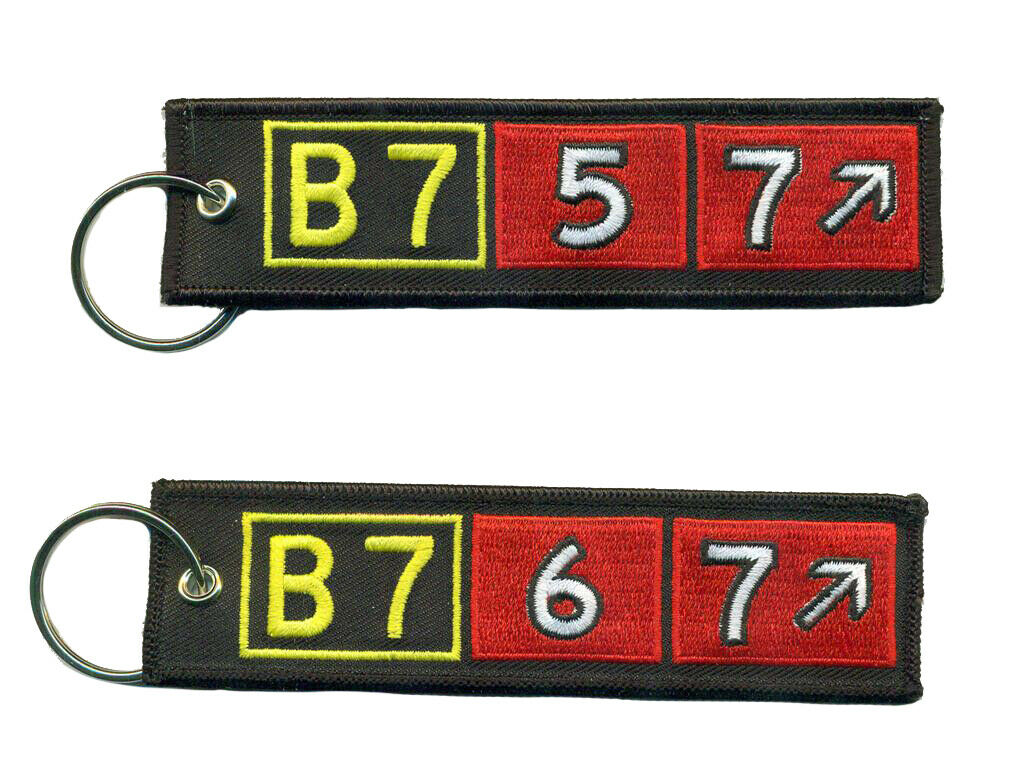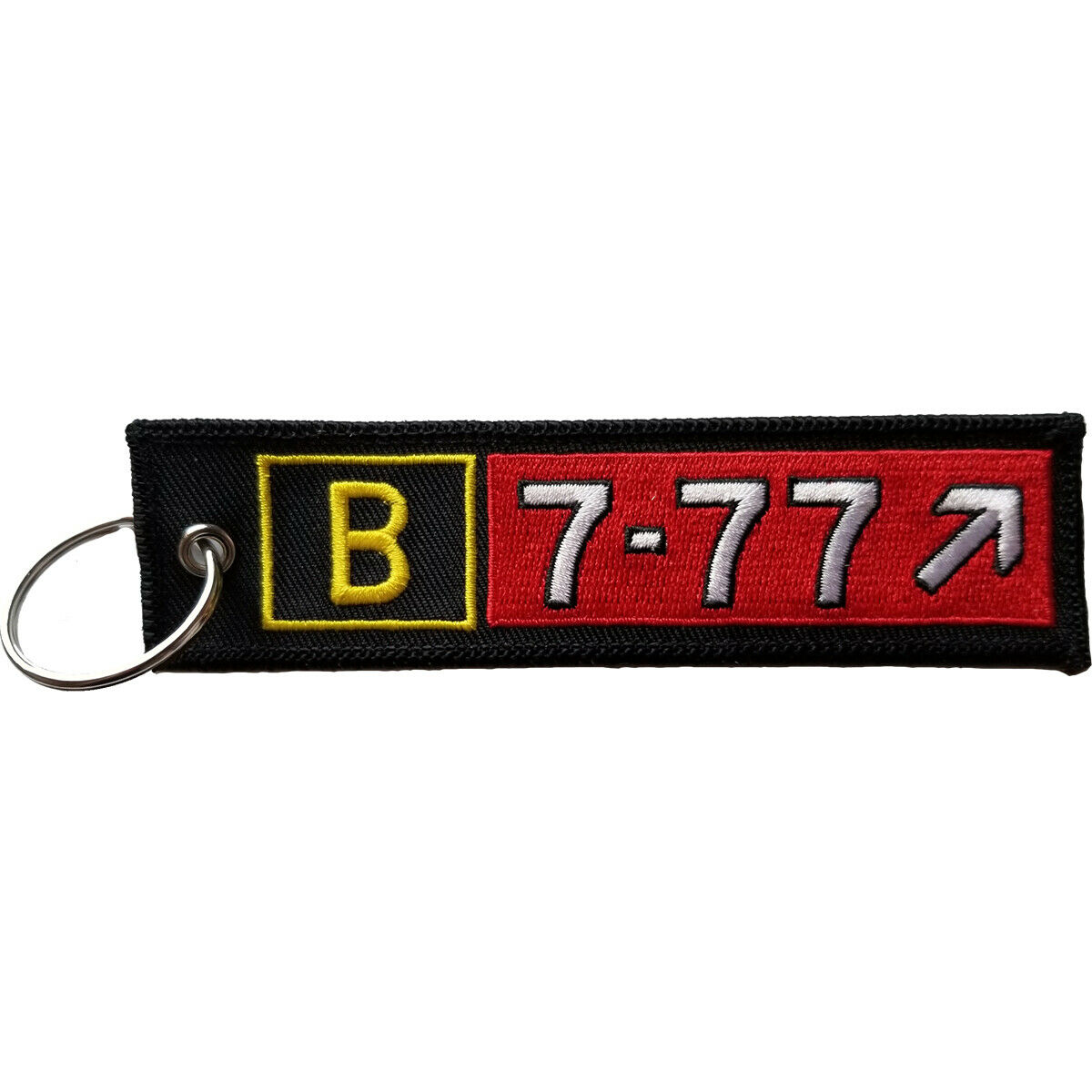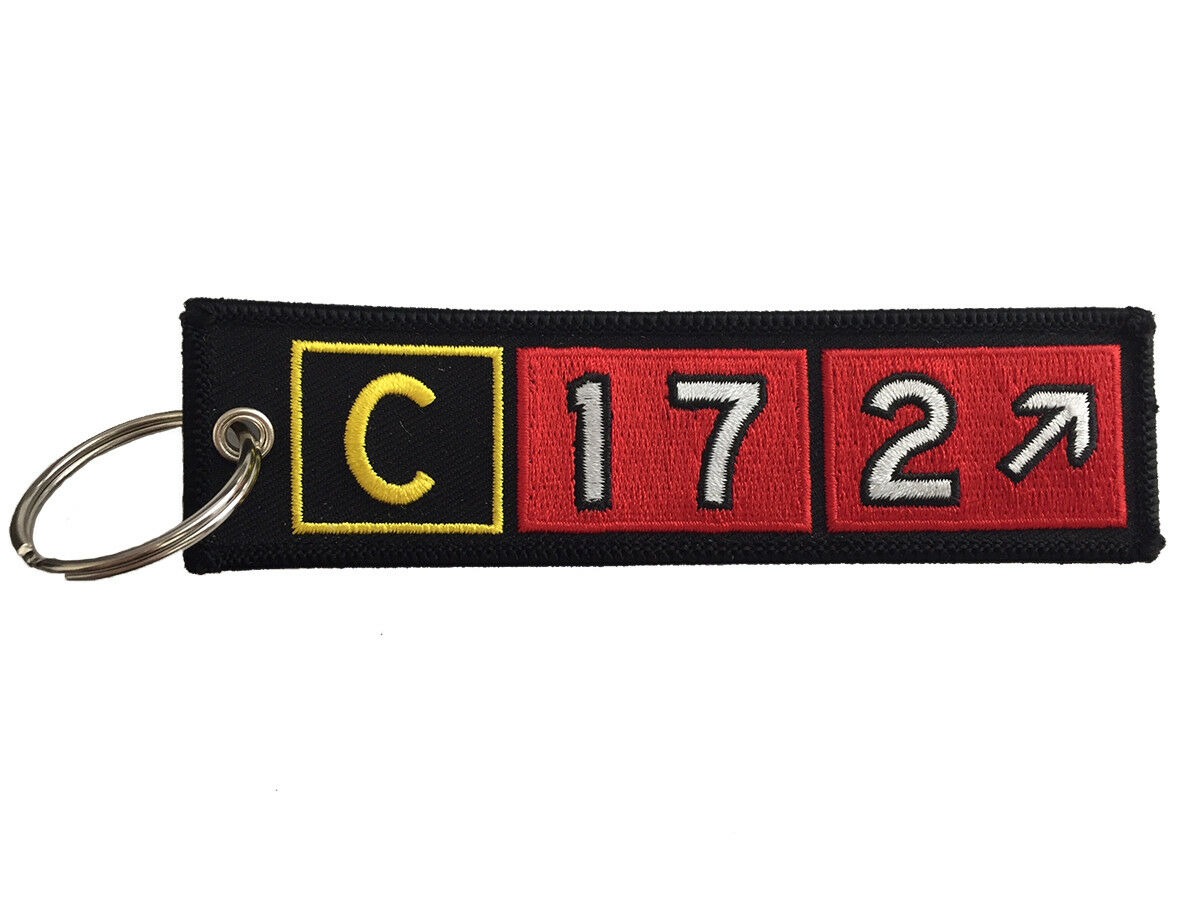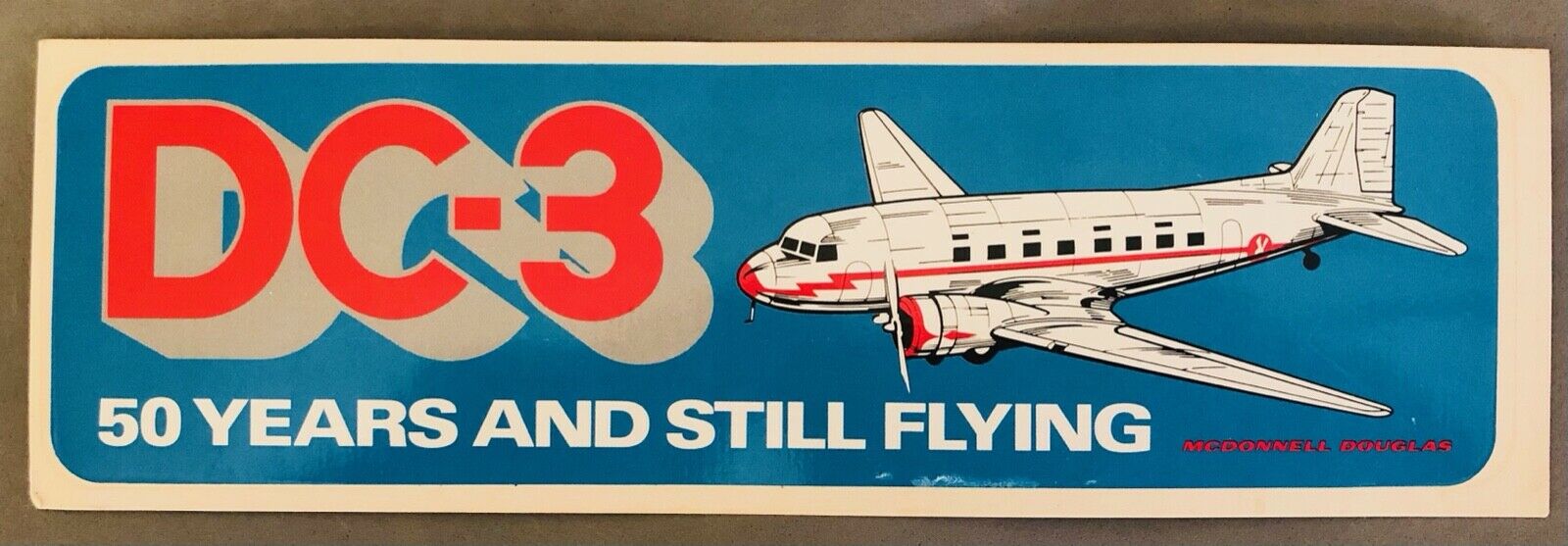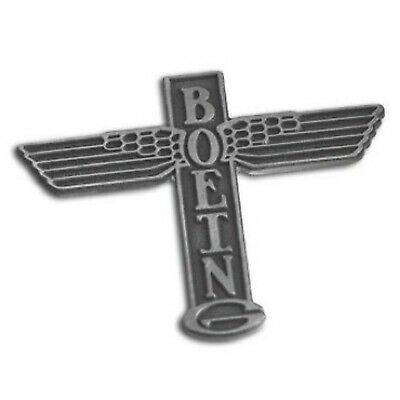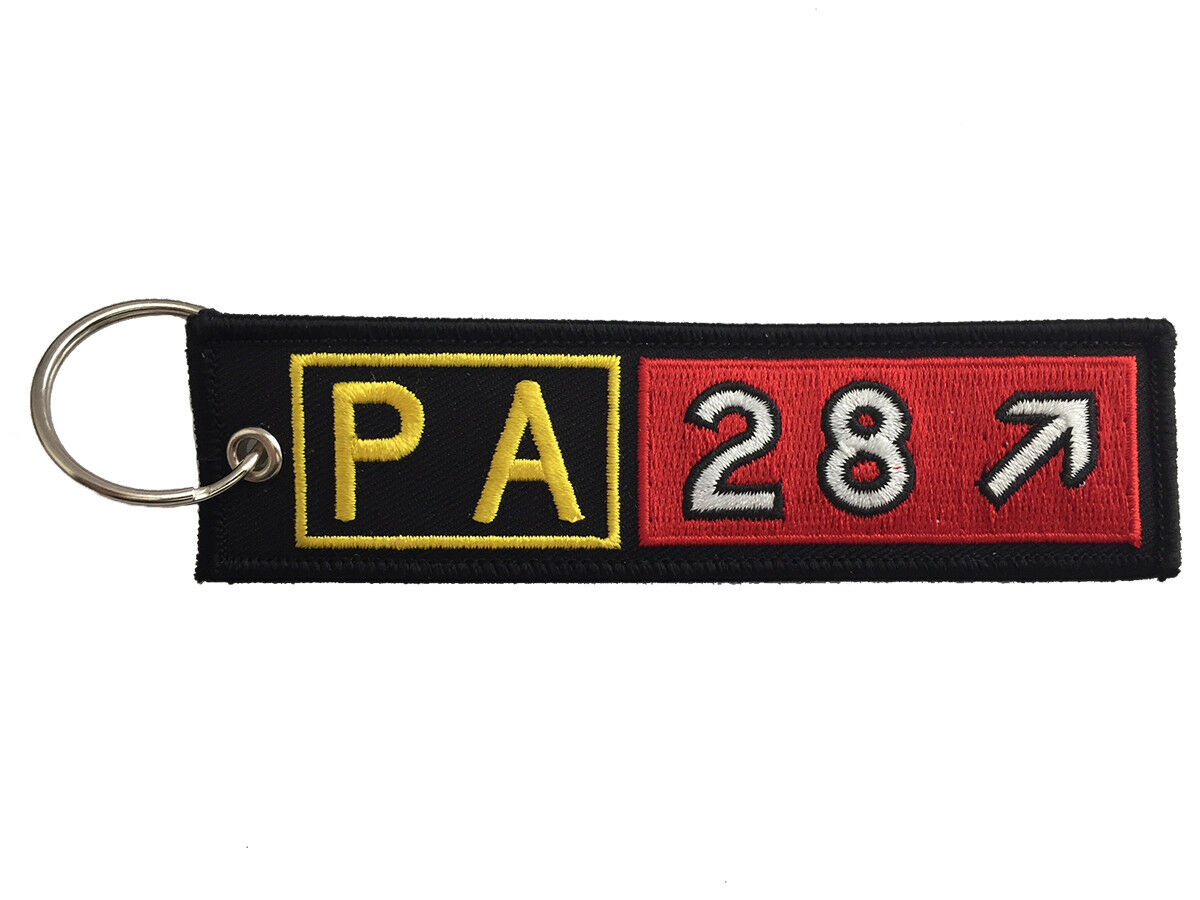-40%
6 RARE 1950s 'BELL' MILITARY AIRCRAFT PROMO PICTURES ~ X-1, X1A, X-5, P-39, P-59
$ 4.74
- Description
- Size Guide
Description
6 OLD 1950s BELL MILITARY AIRCRAFT PROMOTIONAL PICTURESX-1, X1A, X-5, P-39, P-59 AND HELICOPTERS
This week on EBay we are offering up this nice group of 6 different rare old promotional photographs from BELL Aviation.
These were promotional items sent out to representatives in the aviation industry to promote the various military jets and planes that Bell was developing at the time in the mid 1950s.
The postwar years were a very important time in Aviation history and these early 'Jet' and Helicopter planes have become an important part of the development of modern military Aircraft.
These were made by Bell to use as promotional give-aways, and to show the great, groundbreaking planes they developed. They were typically given to salesmen,
contractors
and suppliers, not for general public consumption. These are very rare and collectible Bell promotional photos.
These are a fascinating glimpse at the cutting edge of military jet airplanes of the 1950s, Quite rare as there weren’t many of these made and few have survived. This is a nice group of 6 different pictures that I’ve had in my collection for many years.
Each photo has several views of the Aircraft, profile pictures and a paragraph about the special features of each plane.
Condition is quite good, especially considering they are 60+ years old. They are printed on thick photo paper. The backs are blank.
The Size is 8 1/2" x 10" but it's important to note that several of them were 'trimmed' down in size by the prior owner, cutting away the wide white borders. Also, several of them have remnants of old tape on the corners where they were either displayed or put in a scrapbook. Not bad, but should be noted and pointed out.
What I'm saying is that some of these are NOT in perfect condition but they still look great and are very interesting and rare. My pictures show the condition.
The 6 Bell Promo pictures in this lot include: BELL P-39, BELL P-59, BELL X-1, BELL X1-A, BELL X-5 and the BELL HELICOPTERS H13E & HTL-5
All in all, a nice group of rare Bell military aircraft promotional photos from the mid-1950s. A great addition to your collection.
~~~~~~~~~~~~~~~~~~~~~~~~~
Here is a little history on each of the classic, historically important planes in the pictures in this lot:
BELL P-39
The Bell P-39 Airacobra was a fighter produced by Bell Aircraft for the Army Air Forces during World War II. It was the principal fighter in service when the United States entered the War.
The P-39 had an unusual layout, with the engine installed in the center fuselage, behind the pilot. It was also the first fighter fitted with a tricycle undercarriage. The P-39 design was handicapped by the absence of an efficient turbo-supercharger, preventing it from performing high-altitude work.
The P-39 was one of the most successful fixed-wing aircraft manufactured by Bell.
The P-39 was effectively used by the Soviet Air Force, accumulating the highest number of kills attributed to any U.S. fighter type flown by any air force in any conflict.
~~~~~~~~~~~~~~~~~~~~~
BELL P-59
The Bell P-59 Airacomet was a single-seat, twin jet-engine fighter aircraft built by Bell during WWII. The British donated a jet engine that was modified by Bell for the P-59. On it's initial appearance, the Plane was fitted with a dummy propeller to hide it's true source of power.
Tests on the prototypes and pre-production P-59s revealed a multitude of problems. The performance was greatly hampered by insufficient thrust from its engines.
Despite the new Jet engines, the plane was still underpowered and the Army cancelled many of the planes, using some for trainers, and chose the Lockheed P-80 'Shooting Star' instead.
Although no P-59s entered combat, the aircraft led the way for later U.S. turbojet-powered aircraft. The P-59 was used in training to familiarize pilots with jet-engine aircraft.
~~~~~~~~~~~~~~~~~~~~
BELL X-1
The Bell X-1 was a rocket engine–powered aircraft, designated originally as the XS-1, then simply called the X-1. It was a joint effort between the Army Air Forces, and the Air Force's supersonic research project.
Conceived during 1944 and designed and built in 1945, it achieved a speed of nearly 1,000 miles per hour in 1948. A derivative of this same design, the Bell X-1A, having greater fuel capacity and hence longer rocket burning time, exceeded 1,600 miles per hour.
The X-1 was the first of a series of experimental new rocket planes.
In March 1945, the U.S. Army Air Forces and the National Advisory Committee for Aeronautics (NACA) contracted with the Bell Aircraft Company to build three XS-1 (for "Experimental, Supersonic", later X-1) aircraft.
1940's Turbojets could not achieve the required performance, so Bell created new Rocket technology.
The X-1, nicknamed 'Glamorous Glennis' and piloted by Chuck Yeager, was the first manned airplane to exceed the speed of sound.
The X-1 was a "bullet with wings", its shape closely resembling a Browning .50-caliber machine gun bullet, known to be stable in supersonic flight. Swept wings were not used because too little was known about them.
Following conversion of the X-1's horizontal tail to all-moving, test pilot Chuck Yeager put it thru testing, and all subsequent supersonic aircraft would either have an all-moving tailplane or be "tailless" delta winged types.
~~~~~~~~~~~~~~~~~
BELL X1-A
The Bell X-1A was a follow-on project to the earlier X-1.
It was designed at Bell to investigate speeds above Mach 2 and altitudes above 90,000 feet. It was carried to flying altitude by a modified Boeing B-29 Superfortress, then dropped for flight.
The X-1A was powered by a Reaction Motors XLR-11-RM-5 four-chamber rocket engine which produced 6,000 pounds of thrust.
In 1953, U.S. Air Force test pilot Major Chuck Yeager flew the Bell X-1A rocket plane to Mach 2.435 at 74,700 feet, faster than anyone had flown before.
In 1954, at Edwards Air Force Base, the experimental Bell X-1A rocketplane flew to an altitude of 89,810 feet. The Pilot became “America’s first space pilot.”
The X-1A reached Mach 1.97 and an unofficial world record altitude of 90,440 feet, but suffered stability problems at that speed.
In 1955, while being carried aloft by a Boeing B-29 Superfortress, the Bell X-1A was being readied for it’s next high-altitude supersonic flight when an internal explosion occurred and the plane was destroyed.
~~~~~~~~~~~~~~~~~
BELL X-5
The Bell X-5 was the first aircraft capable of changing the sweep of its wings in flight.
It was based on a Messerschmitt Fighter Prototype captured in Germany in 1945 and brought back to Buffalo to study and retro-engineer. Two X-5s were built. The first was completed in February 1951.
It was capable of speeds up to Mach 0.9 and altitudes of 40,000 ft.
The X-5 suffered from aerodynamic stability, The 2nd prototype was destroyed in a spin in 1953, killing an Air Force test pilot. The other X-5 remained at Edwards AFB and continued active testing until 1955.
The X-5 successfully demonstrated the great advantage of a swing-wing design for aircraft intended to fly at a wide range of speeds.
Sweep wing technology eventually developed into future aircraft such as the Grumman F-14 Tomcat, the Russian MiG's, the Tupolev Tu-22M & Tu-160, and the Rockwell B-1 Lancer.
The sole surviving X-5 is now at the National Museum of the United States Air Force at Wright-Patterson Air Force Base.
~~~~~~~~~
BELL HELICOPTERS H13E & HTL-5
The Bell H-13 'Sioux' and HTL-5 were American single-engine light helicopters.
The Sioux was a three-seat observation and basic training helicopter. It can be recognized by the full "soap bubble" canopy, exposed welded-tube tail boom, saddle fuel tanks and skid landing gear.
The Army first ordered Bell 47s in 1948 under the designation H-13. These would later receive the common name 'Sioux'.
The H-13 was one of the principal helicopters used by the U.S. Army during the Korean War. During the war it was used in a wide variety of roles including observation, reconnaissance, and medivac.
The H-13 and its military variants were often equipped with medical evacuation panniers, one to each skid, with an acrylic glass shield to protect the patient from wind.
The United States Navy procured several Bell 47s, designated HTL-1 thru HTL-7, between 1947 and 1958. The United States Coast Guard also flew variants of this model.
The HTL-5 utilized a Lycoming O-335-5 engine.
~~~~~~~~~~~~~~~~~~
A SHORT HISTORY OF BELL AIRCRAFT COMPANY
The Bell Aircraft Corporation was an American aircraft manufacturer, based in Buffalo, NY and a builder of several types of fighter aircraft for World War II.
Bell is most widely known for it's famous Bell X-1, the first supersonic aircraft, and for the development and production of many important helicopters.
~~~~~
Larry Bell had a lifelong fascination with aviation. Bell started his career in the burgeoning aircraft industry at the Glenn L. Martin Company, where by 1914 he had become shop superintendent. By 1920, Bell was vice president and general manager of Martin.
Bell moved on to work for Consolidated Aircraft, in Buffalo, New York, but soon started his own Company. In 1935, he formed the Bell Aircraft Company in Buffalo.
Bell's first military contract followed in 1937 with the development of the ill-fated YFM-1 Airacuda. They then went on to success with the single engine P-39 Airacobra, of which 9,588 were built.
A somewhat larger and more powerful version of the P-39 was produced shortly before the end of World War II. Called the P-63 Kingcobra. In October 1942, The Bell-built twin-jet P-59 Airacomet was the first American jet aircraft to fly. Unfortunately, performance was below expectations.
As the postwar defense industry downsized, Bell consolidated its operations.
Bell Aircraft's most important contribution to the history of fixed-wing aircraft development would be the design and building of the experimental Bell X-1 rocket plane, the world's first airplane to break the sound barrier, and its follow-on, the Bell X-2.
Bell went on to design and produce several different experimental aircraft during the 1950s. These helped the U.S. Air Force and the National Advisory Committee on Aeronautics (NACA) explore the boundaries of aircraft design, and paved the way for the founding of NASA and the exploration of outer space.
Bell played a crucial role in the development of rocket propulsion after WWII. They developed the Agena rocket engine, responsible for inserting into orbit most of the satellites launched by the United States in the 1960s.
Helicopter development began at Bell Aircraft in 1941 with the Bell Model 30 first flying in 1943. After a series of successful helicopter designs, the UH-1 Iroquois 'Huey' became the most famous helicopter of the War in Vietnam.
Bell Helicopter still designs and manufactures helicopters today.
Bell went on to design key parts of the Redstone Rocket for NASA and the Lunar Landing Research Vehicle for use on the Moon.
The company was purchased in 1960 by Textron, and lives on as Bell Textron.
~~~~~~~~~~~~~~~
These pictures are all from the mid 1950s. There is no mention of Textron, so they are clearly prior to 1960.
So, a nice group of "publicity" photos of some of Bell Aircraft's most famous planes from the pre-1960 and Post-war years, a key period in Aircraft development.
They would look great displayed or make a great addition to any Aviation or Military Aircraft collection.
~~~~~~~~~~~~~~~~~~~~
Shipping cost within the lower 48 states is .00 for this item.
If you would like insurance, or anything faster than Media Mail, please let me know and I can arrange it for you. I’ll work with you to make sure you’re happy!
I'm a 0ne-man operation, this is a hobby, not my job. I do this for fun. I do this because I love collecting and want others to share in that same experience. I take my time researching, grading, listing and packaging. I will NOT sell any items that I personally would not want in my collection.
My descriptions and grading are fair and honest and I will ALWAYS refund you for anything you’re not happy with. I have had over 3,300 happy and satisfied EBay customers, with 100% positive feedback, over the years and I have been buying/selling on ebay for over 25 years, so please bid with confidence!
All orders are processed and shipped within 2 business days of receipt. We package and ship our items with the greatest care, using the proper packaging to ensure that your rare and collectible treasures arrive in pristine condition.
Payments can be made by any of the options EBay offers.
I will be happy to exchange feedback with anyone I complete a transaction with.
THANK YOU for looking and reading if you got this far. -- JOHN















